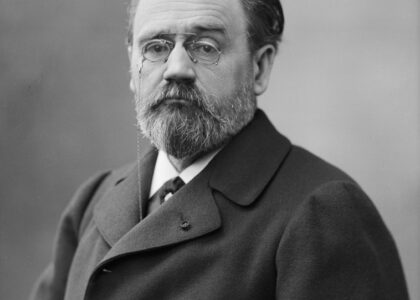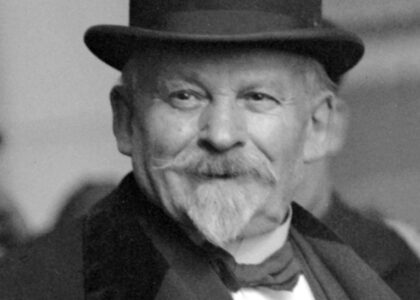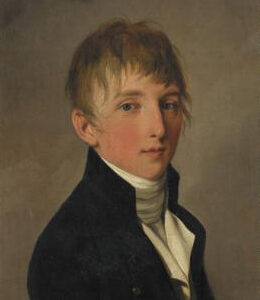Governor Hunt’s Tomb, a striking white pyramid nestled atop a hill in Papago Park, Phoenix, Arizona, serves as a poignant reminder of the state’s rich history and its first governor, George W. P. Hunt. Constructed in 1931, this monument was originally built to house the remains of Hunt’s beloved wife. Following his own passing in 1934, Governor Hunt was interred alongside her. The tomb also holds the remains of their daughter and other family members, creating a familial resting place with a panoramic view of the Valley of the Sun.
George W. P. Hunt, often referred to as ‘King George VII,’ was a larger-than-life figure in Arizona’s early statehood. Known for his advocacy for the common man, he often stood against powerful railroad and mining interests, which he famously labeled as ‘coyotes’ and ‘skunks.’ Hunt’s political career was marked by a series of victories that saw him elected as governor a record seven times, a testament to his enduring popularity.
Hunt was also a progressive leader for his time, championing women’s suffrage in Arizona. Under his leadership, Arizona granted women the right to vote in 1912, eight years before the United States passed the 19th Amendment. His legacy as a champion of social justice and equality is commemorated at the tomb, with plaques highlighting his achievements.
The tomb’s location within Papago Park is not just of historical significance but also offers a scenic vista, overlooking landmarks like the Phoenix Zoo. The park itself has a rich history, having served various purposes over the years, including a POW camp during World War II.
Visitors to Hunt’s Tomb can imagine the life and times of a man who helped shape Arizona’s early years, standing on the hill where the past and present converge with sweeping views of the city below.






